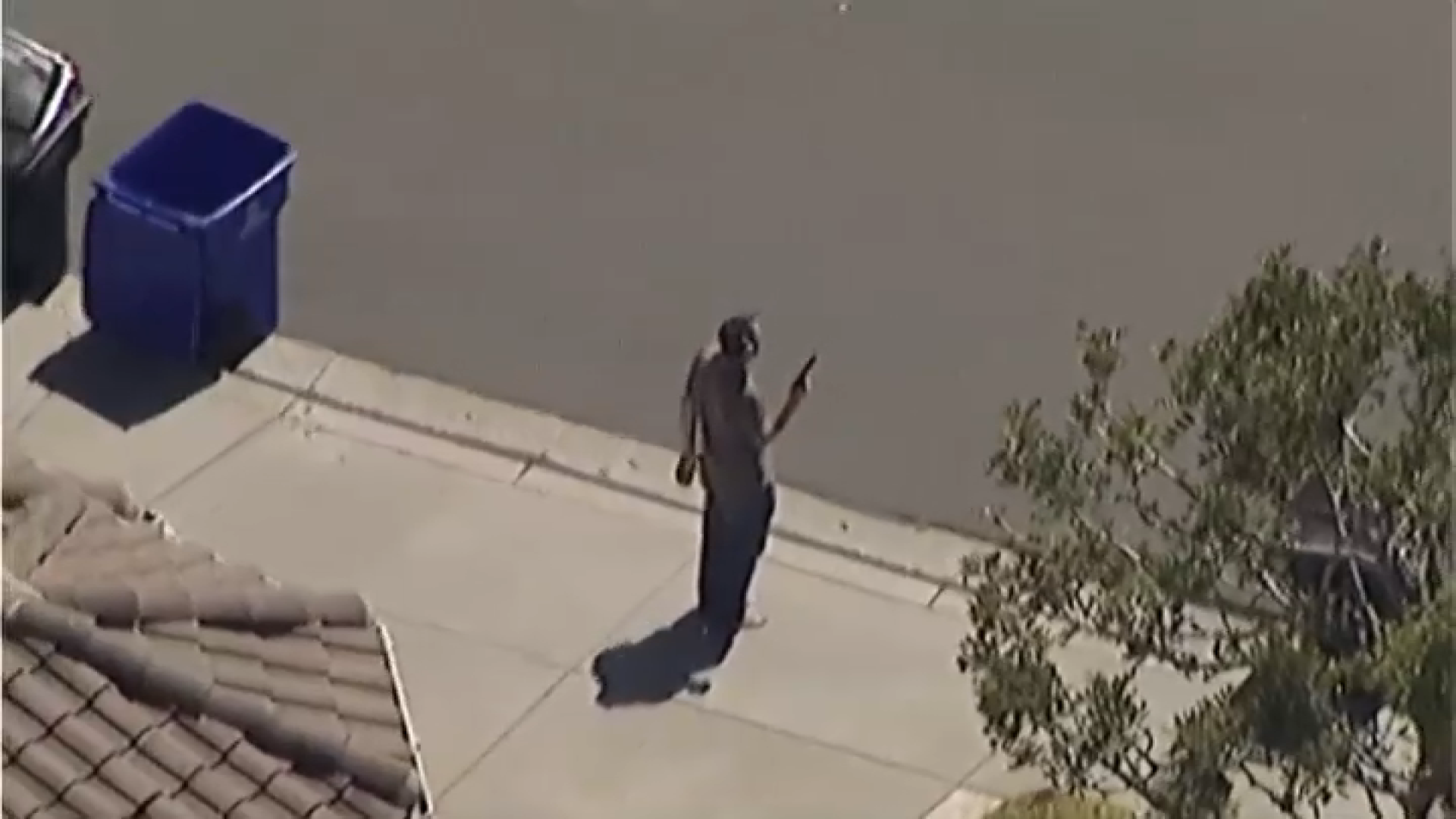Traffic trends have changed since more people are off the streets and in their homes. NBC 7’s Ashley Matthews explains.
California's statewide stay-at-home order was issued March 19 and since then, San Diego-area freeways have drastically seen a decrease in traffic.
San Diego Association of Government's (SANDAG) Regional Planning Agency analyzed the differences in travel patterns between mid-March and mid-April 2020, compared to the same time period in 2019. Here are some key takeaways the agency discovered:
- Weekday vehicle miles traveled (VMT) on local freeways decreased by 44%.
- Interstate 5 and State Route 163 had the biggest decreases in vehicle miles at about 50% lower than this time last year.
- Traffic speeds during peak periods averaged 30 mph higher, with the greatest difference at northbound Interstate 805 and Interstate 15, where speeds increased an average of 49 mph.
- I-5 and SR-163 had the biggest decreases in vehicle miles traveled weekdays at about 50% lower than this time last year.
On the same day the stay-at-home order went into effect, the number of cars on area freeways was at about 22,606. The same day last year, it was at 33,569. Fast forward to Friday, May 8, it was at 23,933.
San Diegans have definitely taken note of the reduced traffic.
“Going up and down Rosecrans Street, which is one of the main arteries in Point Loma, it’s remarkable," resident Peter Holmes said. "It used to be solid cars and now, you can just drive down the street, go to the store and drive home."
“I come to the gas station once maybe every two weeks now. It’s super nice,” added Jasey Mahon.
Local
SANDAG will continue to monitor traffic trends throughout the COVID-19 pandemic.



